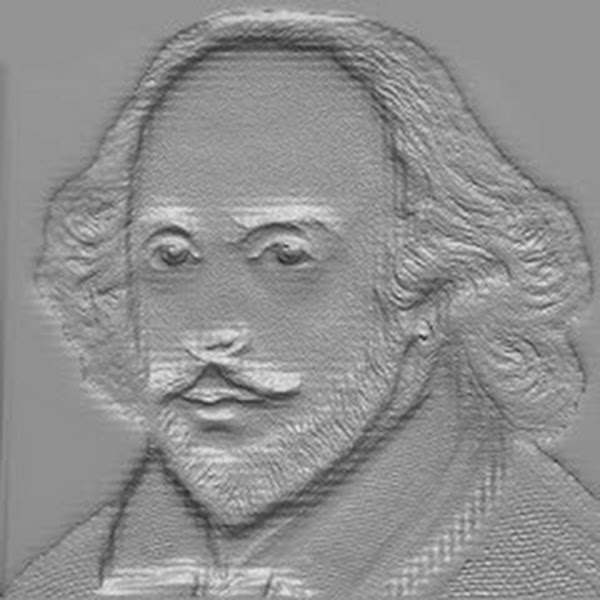Language is the most important tool of human communication. It helps people to express thoughts, ideas, and feelings. It is a system of sounds, words, and rules used by people of a community. Every person uses language to share meaning. Linguists study language to understand how it works, how it is formed, and how it changes over time. Language is a part of human life. Without it, human society cannot exist.
The famous linguist Ferdinand de Saussure said, “Language is a system of signs that express ideas.” This means that language has symbols and signs which carry meaning.
Meaning of Language
The word language comes from the Latin word “lingua”, which means “tongue.” It is not only spoken sound; it can be written or signed too. Language is a way to transfer ideas from one person to another. It can express joy, sadness, love, anger, and knowledge.
No other creature uses language like humans. Animals make sounds, but they do not have a complete system like human language. This makes human language unique.
Major Characteristics / Properties of Language
Linguists have identified some main features of human language. These features make it different from all other forms of communication.
1. Arbitrariness
Language is arbitrary. There is no natural connection between a word and its meaning. The word “tree” has no natural link with the object it refers to. People agree to use this sound for that meaning. That is why different languages have different words for the same thing.
2. Productivity / Creativity
Language is productive. People can create new words and sentences anytime. We can talk about new things, new experiences, or future ideas. No limit exists to the number of sentences we can make. Human beings can combine words in new ways.
As Noam Chomsky said, “A language is infinite, though produced by finite means.” This means we use limited words but can create endless expressions.
3. Duality of Structure
Language works on two levels: sounds and meanings. On one level, we have sounds (like /p/, /t/, /k/). On the second level, these sounds join to make meaningful units (like pat, tap, cap). This double system helps language grow and form many words.
4. Displacement
Humans can use language to talk about things not present in time or place. We can speak about the past, future, or distant places. Animals usually talk only about present needs, like food or danger. Humans can discuss history, dreams, and imagination.
5. Cultural Transmission
Language is learned in society. A child learns to speak by hearing others. It is not inherited biologically. Each generation passes language to the next. So, language is a cultural product. People must learn it through social contact.
6. Systematic Nature
Language is a system. It has rules and order. Words follow grammar, and grammar follows structure. Without order, meaning becomes unclear. The system helps people understand each other. Every language has its own rules of sound, word form, and sentence order.
7. Vocal and Symbolic
Language is mainly vocal. It uses sounds made by the mouth. Writing came later as a symbol of spoken words. Symbols represent thoughts. So, speech is the primary form of language, while writing is secondary.
8. Social Nature
Language is a social product. It belongs to a community. People use it to connect and cooperate. A person alone cannot form or maintain a language. It grows through social use. It changes when society changes.
9. Conventional
Language follows tradition. People agree to use certain forms. The community accepts them. When people accept a word or rule, it becomes part of the language. So, language depends on common agreement.
10. Dynamic and Changing
Language changes over time. Old words die, new ones appear. Grammar and pronunciation may change. It grows with society, culture, and science. So, language is never fixed; it develops naturally.
11. Discreteness
Language has separate units like sounds, words, and sentences. Each unit is different from another. This helps us build meaning step by step. The small parts combine to form larger structures.
12. Interchangeability
In human language, a speaker can both send and receive messages. People can talk and listen. This two-way process makes communication possible.
Importance of Language
Language is a bridge between people. It helps in education, culture, business, and art. It connects generations and nations. Through language, knowledge is shared and ideas are passed on. It is the heart of civilization.
Edward Sapir said, “Language is a purely human and non-instinctive method of communicating ideas, emotions, and desires by means of voluntarily produced symbols.”
This statement tells that language is human-made, learned, and creative.
Conclusion
Language is more than a tool; it is part of our identity. It expresses human thought and emotion. It connects minds and cultures. Every feature of language—sound, meaning, structure, and change—makes it rich and beautiful. Studying language helps us understand humanity itself.
Language is indeed the gift that makes human life meaningful.
 CSP
CSP